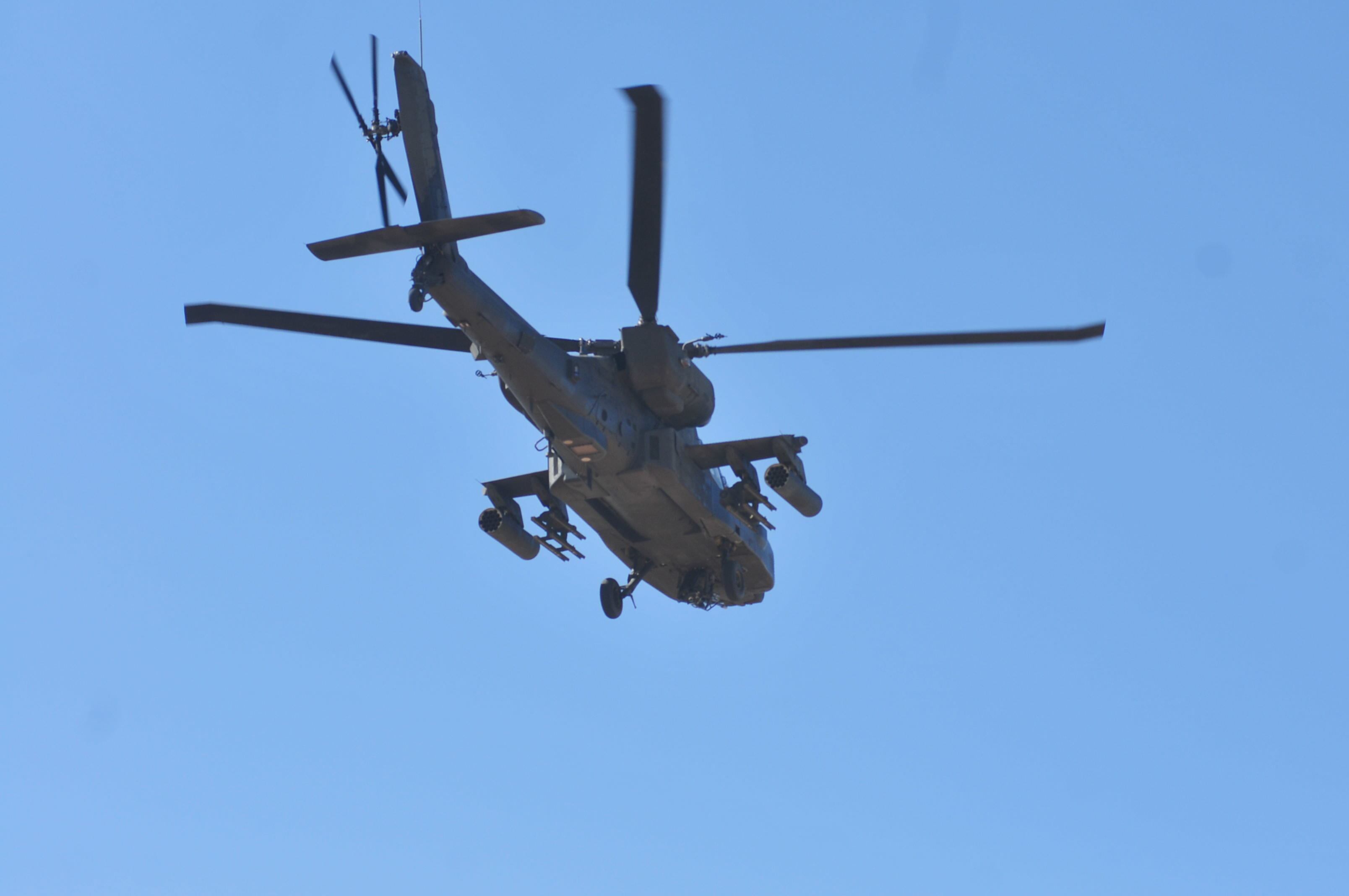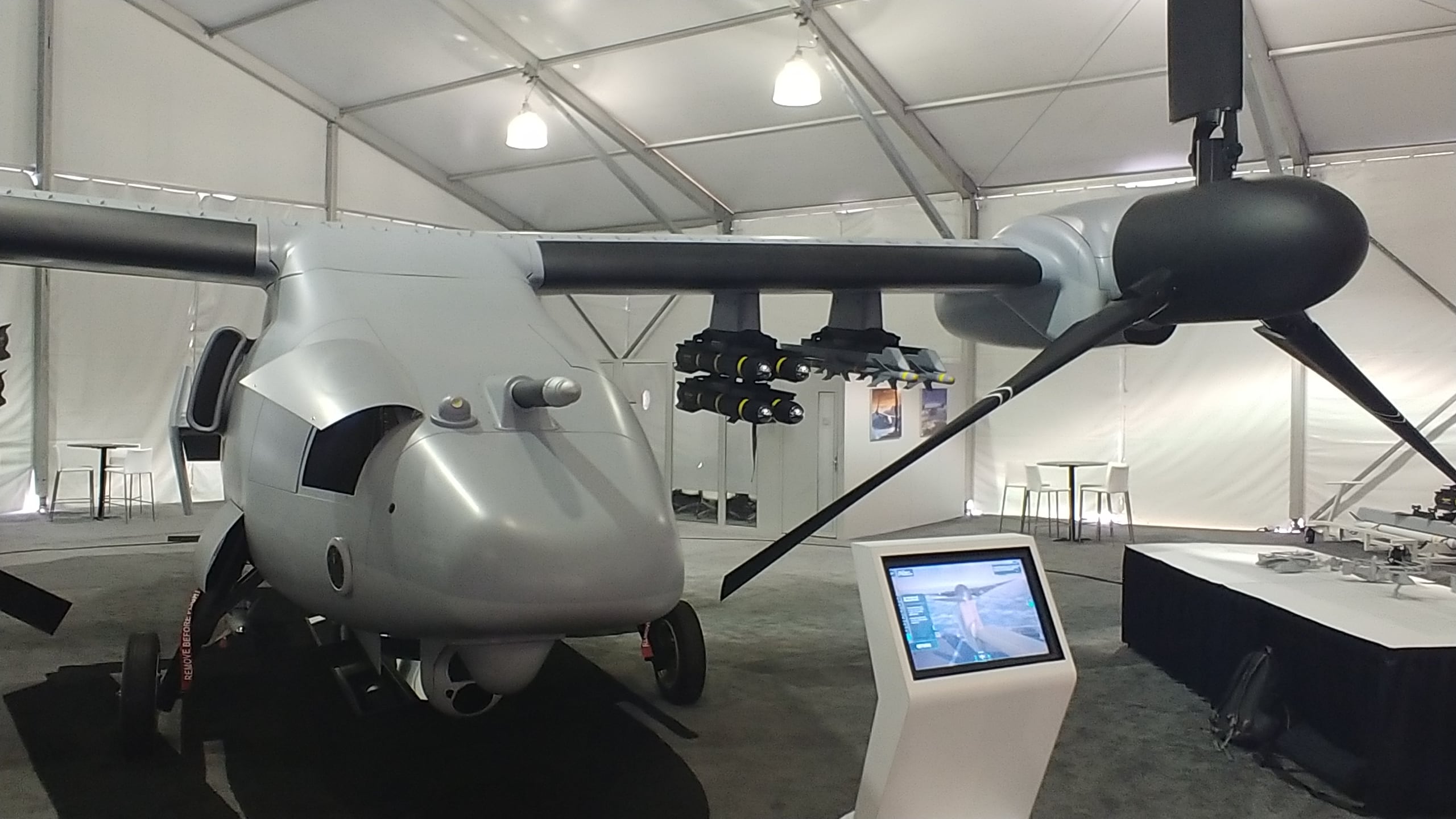WASHINGTON — The U.S. Army is again attempting to buy rucksack-portable unmanned aircraft systems after trying a variety of ways to establish the capability over roughly the past decade.
The service tried in 2012 and 2013 to issue a capabilities production document for rucksack-portable UAS, and it issued contracts to a group of companies in 2013 to supply small drones on demand, but nothing gained traction as the quintessential capability.
The Army’s Raven and Puma UAS — both small, hand-launched aircraft — have continued to be in operation, but aren’t as portable as the service wants, particularly at the platoon level.
The tiny Black Hornet UAS was selected as a soldier-borne sensor, but the Army still wants to find short-, medium- and long-range UAS that can fit in a backpack, according Brig. Gen. Thomas Todd, the service’s program executive officer for aviation.
Todd’s program office has been tasked by the Maneuver Center of Excellence at Fort Benning, Georgia, to pursue rucksack-portable UAS, and this time the Army is prepared to act quickly.
“We think we will be very agile and get a capability out there in relatively short order,” Todd told Defense News in a recent interview.
RELATED

The service plans to award other transaction authority contracts this fiscal year to companies to provide enough systems for Army units to test and evaluate, Todd said. The plan is to get the UAS into users’ hands at the beginning of fiscal 2020, he added.
OTAs allow the service to move faster with more flexibility than other contracting mechanisms. The Army, for example, recently awarded OTAs to two companies for unmanned aircraft prototypes of a future tactical UAS that platoons will evaluate before the service makes a purchase decision.
The Army took a step forward, according to an April 29 statement from PEO Aviation, by partnering the PEO’s project manager for UAS, the Defense Innovation Unit and the Maneuver Center of Excellence, which is tasked to “identify and prototype new capabilities with commercial companies that specialize in on-demand, eye-in-the-sky technologies.”
RELATED

The team has established the Short Range Reconnaissance program, the statement reads to deliver an “inexpensive, rucksack portable, vertical take-off and landing drone that provides the soldier on the ground with a rapidly deployable scouting capability to gain situational awareness.”
Six OTAs have been awarded to companies to provide “object detection in both daytime and nighttime environments,” according to the statement. Using quadcopters, the companies will, over the next several months, develop solutions for a next-generation small UAS, it added.
For most of the companies, it will be the first time working with the Defense Department, according to the statement.
“The goal is to move with speed through the prototyping phase, with companies meeting key milestones, and then transition the best technology to production to be fielded within months, not years,” the statement added.
Jen Judson is an award-winning journalist covering land warfare for Defense News. She has also worked for Politico and Inside Defense. She holds a Master of Science degree in journalism from Boston University and a Bachelor of Arts degree from Kenyon College.







